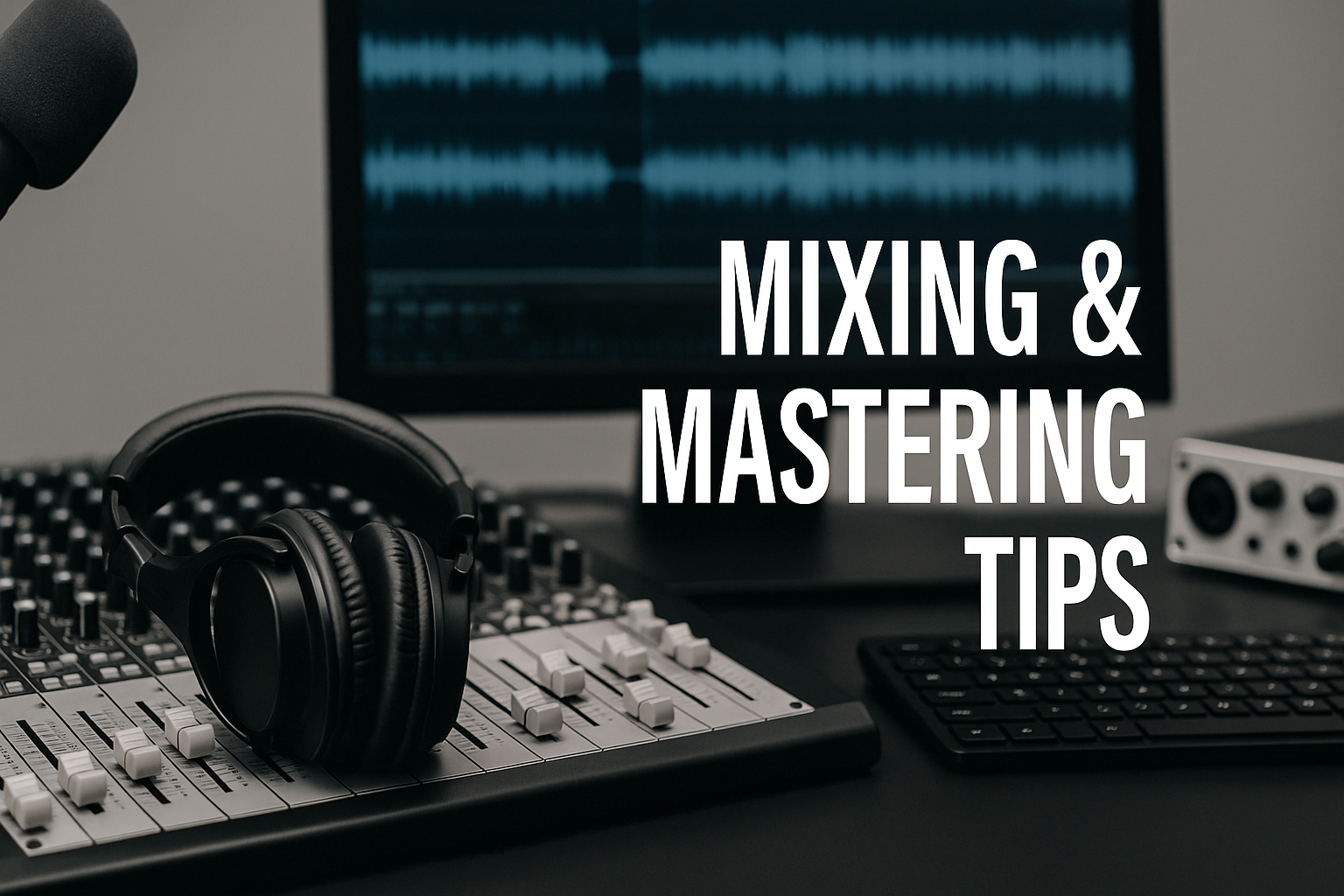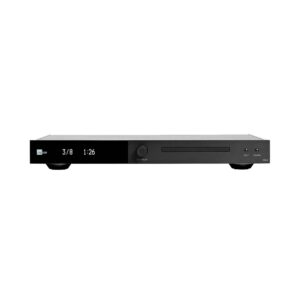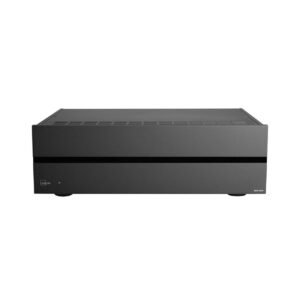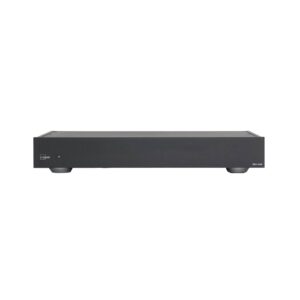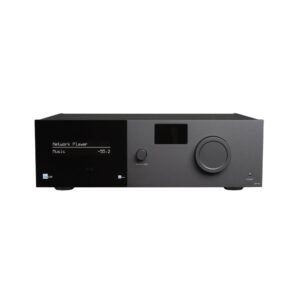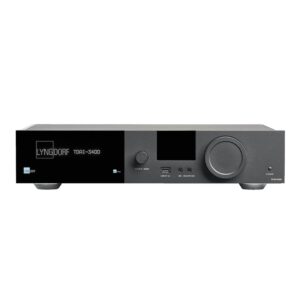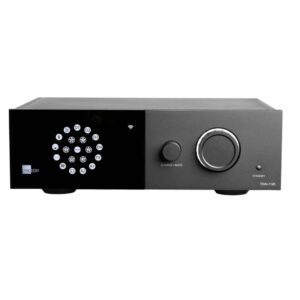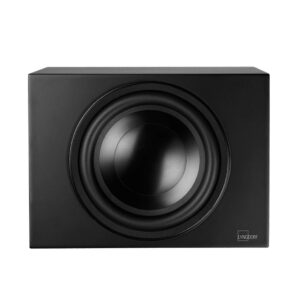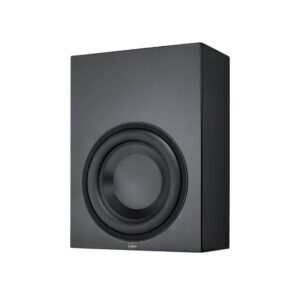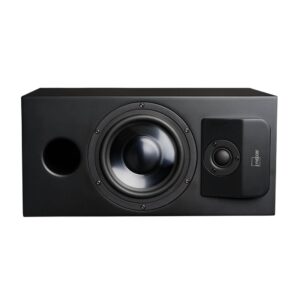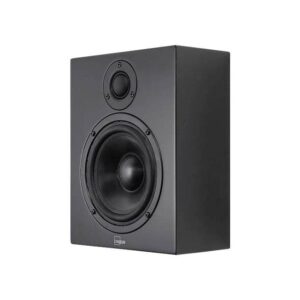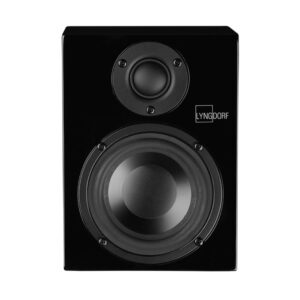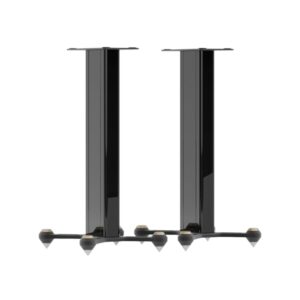Mixing and mastering can seem technical, but at its heart it’s about balance and clarity. Here are key tips to get you started:
1. Treat Your Room (or Use Good Headphones)
Even with basic gear, a huge mix tip is to improve your listening environment. Untreated rooms can add strange echoes and boomy lows. As Sweetwater notes, even simple acoustic panels or bass traps in corners can help you hear your mix accurately. If you don’t have treatment, calibrate your monitor volume at a moderate, fixed level and reference your mix on headphones and smaller speakers. This lets you spot issues you might miss in your main monitors.
2. Reference Other Tracks
Choose a few well-mixed songs you love and listen to how they balance instruments. A/B your mix against these references. It helps keep your target levels realistic and creative choices in check. Play your mix on different systems (car stereo, phone, earbuds) – what sounds good on studio monitors should still translate well outside.
3. Gain Staging and Headroom
Start with healthy levels: keep tracks around -12 dBFS at their peaks, so you have “headroom” (room before digital clipping). Don’t drive your final mix above -6 dB. As Sweetwater advises, “Leave some air” at the top. This prevents distortion and gives mastering space to work.
4. Organize Your Session
Tidy project files: label each track (kick, snare, vocals, etc.) and use colors or folders. A clean layout keeps your brain uncluttered. Group similar instruments (all drums, all backing vocals) and route them through a bus (auxiliary channel). That way, you can control entire groups with one fader (for example, lowering the drum bus volume slightly).
5. Use EQ Thoughtfully
“EQ is your friend – don’t be afraid to cut where needed,” say pros. If two instruments clash in frequency, cut a bit where they overlap. For instance, carve out some mids in a guitar track to make space for vocals. Also, use high-pass (low-cut) filters to remove unnecessary sub-bass rumble from tracks that don’t need it (e.g. guitars or vocals). If standing waves appear in your room (a resonance at one pitch), a gentle EQ notch at that frequency can help.
6. Compression Basics
Compression evens out dynamics. Use it lightly on vocals or bass to keep levels steady. The goal is to smooth peaks, not squash all life out. Start with moderate ratio (2:1 or 3:1) and adjust so the track sits evenly. Put compressors on buss tracks too (e.g., drum bus) to glue elements together.
7. Listen With Fresh Ears
Mixing is tiring! Take regular breaks: 5 minutes away from the screen every hour keeps your ears fresh. Some engineers also mix at low volume as a “stress test” – if it sounds good quietly, it’s likely balanced. Before finalizing, listen again the next day to catch anything you missed.
8. Mastering Mindset
Consider mastering (the final polish of your track) as a separate step. If your mix isn’t solid, mastering can’t magically fix it. Aiming for a professional final level? Use a dedicated mastering chain or service after your mix, or leave extra headroom (target -3 dB) for mastering engineers. If you DIY, apply subtle EQ or gentle limiting. Most importantly, ensure your mix sounds good on its own before mastering.
Key Takeaway: Focus first on a clear mix – well-balanced levels, clean EQ cuts, and depth (via slight reverb or delay on vocals/instruments). Then handle final loudness in mastering. As Samplified notes, “if things sound bad before mastering, they’ll still sound bad after”.
Quick Tip: Don’t overdo plugins. Start with one good EQ and one compressor per track. The Sweetwater guide reminds us to choose carefully and not stack dozens of effects; simpler chains often sound cleaner.
By applying these tips – good monitoring, organized workflow, and careful listening – your mixes will become more polished and professional. Keep learning and practicing, and soon you’ll recognize what a great mix or master needs.

